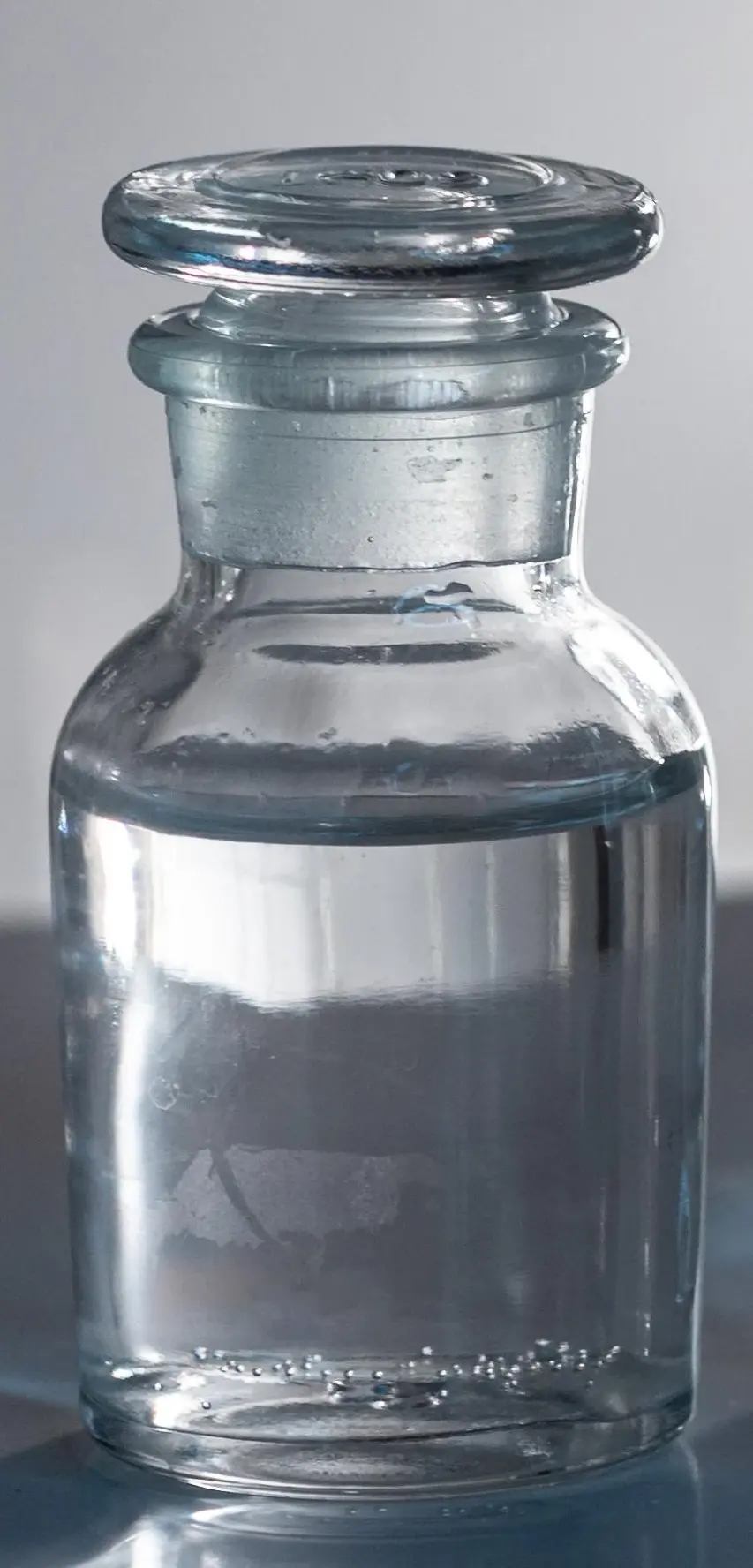Crude Glycerine 80% (Palm/High MONG/Indonesia Origin)
|
IUPAC Name |
: propan-1,2,3-triol |
|
Cas Number |
: 56-81-5 |
|
HS Code |
: 1520.00.00 |
|
Formula |
: C3H8O3 |
Basic Info
|
Appearance Name |
: Light yellow to dark brown, viscous liquid |
|
Common Names |
: Glycerol |
|
Packaging |
: 20 MT / Flexi Bag |

.webp)

.webp)
.webp)
